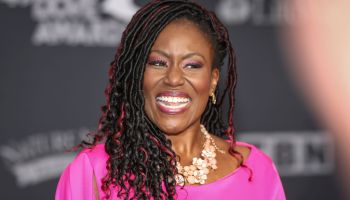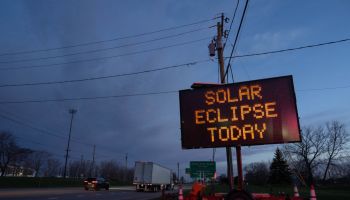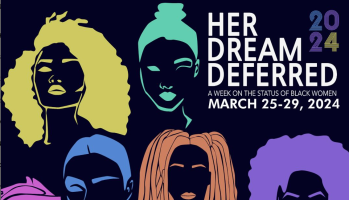“They were saying they felt the risk of harm of having extra procedures outweighed the benefit from saving lives, ” Lichtenfeld says of the Task Force’s reasoning to delay mammography.
The fact is that as women age, false positive mammography results decline. That’s mainly because the density of a woman’s breasts tends to decrease with age, making it easier to find cancer. But experts say that women understand mammography has limitations and still want to be screened for breast cancer.
“Most of the women you talk to would much rather go through that process and find something early than wait, ” Evans says. “No one likes to have a false positive about anything, but it’s part of what has to be done to find breast cancer early.”
Early Detection
Both Evans and Lichtenfeld say annual screenings, rather than biannual, are especially important for women in their 40s because cancer tends to grow faster and more aggressively in younger women. Lichtenfeld takes issue with the task force’s analysis because it only looks at the number of women that need to be screened in order to save a life, but not the number of years of life saved, he says. “If you find breast cancer in a young woman and save her life, she has more years of life ahead of her. Had they used that analysis, the [task force] may have come to a different conclusion,” he says.
The federal health reform law put mammograms on its list of preventive services, which mandate that insurance plans cover the test each year with no cost-sharing. The task force’s 2002 recommendations, which state that women should begin mammography at age 40 on an annual basis, were used by the government in writing the law.
Medical experts express concern that at some point these new recommendations will be adopted, threatening women’s ability to access and pay for annual breast cancer screening in their 40s. However, there is no indication that the government plans to stop requiring insurers to fully cover the cost of mammograms for women in this age group.
So What Should You Do?
At this point, the task force’s recommendations are in contrast with the majority of other major medical associations. Most of those groups recommend women begin getting routine screening mammograms at age 35 to 40 and to do so every year. Since African American women tend to have a higher breast cancer mortality rate, many experts agree that:
• All women should conduct consistent, monthly self-exams seven to ten days after the start of the menstrual cycle. For post-menopausal women, select one day of the month and consistently conduct a self-exam on that day.
• Women with no family history of breast cancer should have a baseline mammogram screening at 35, then regular mammogram screenings every year after 40.
• Women with a family history of breast cancer should have a baseline mammogram 10 years before youngest member diagnosed with breast cancer.
• African American women under the age of 40 with a palpable breast mass should insist on getting evaluated with a mammogram or ultrasound. Seek out a breast specialist if necessary.
What Black Women Need To Know About Mammograms was originally published on blackdoctor.org












